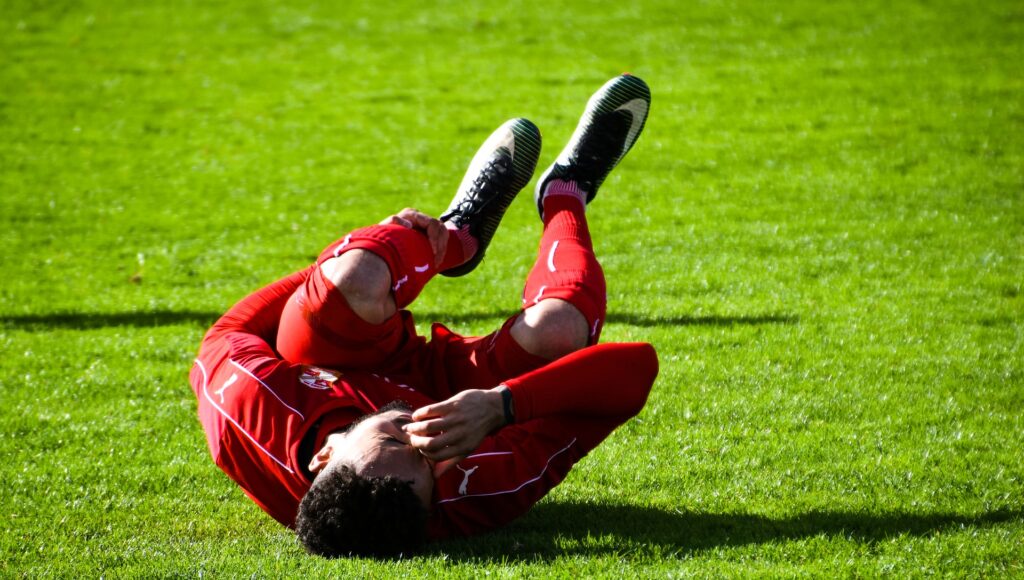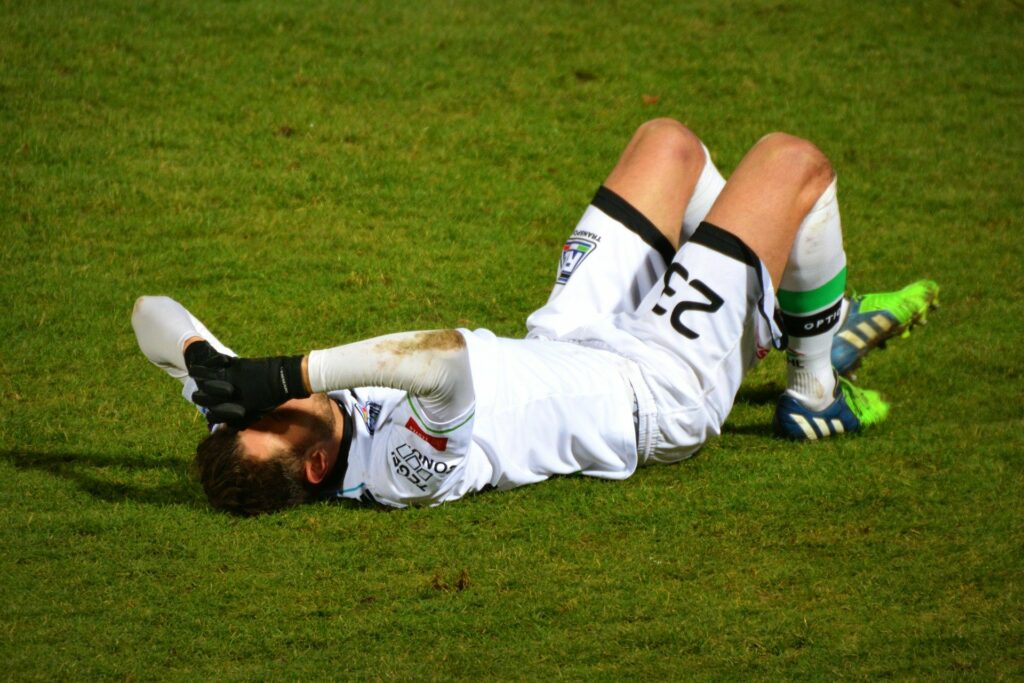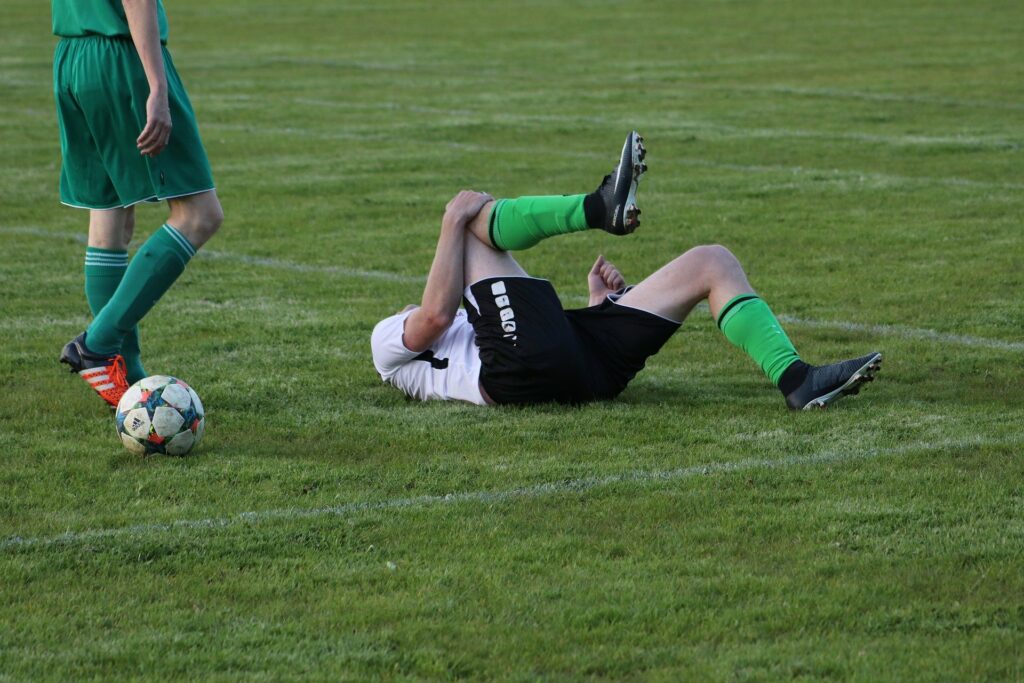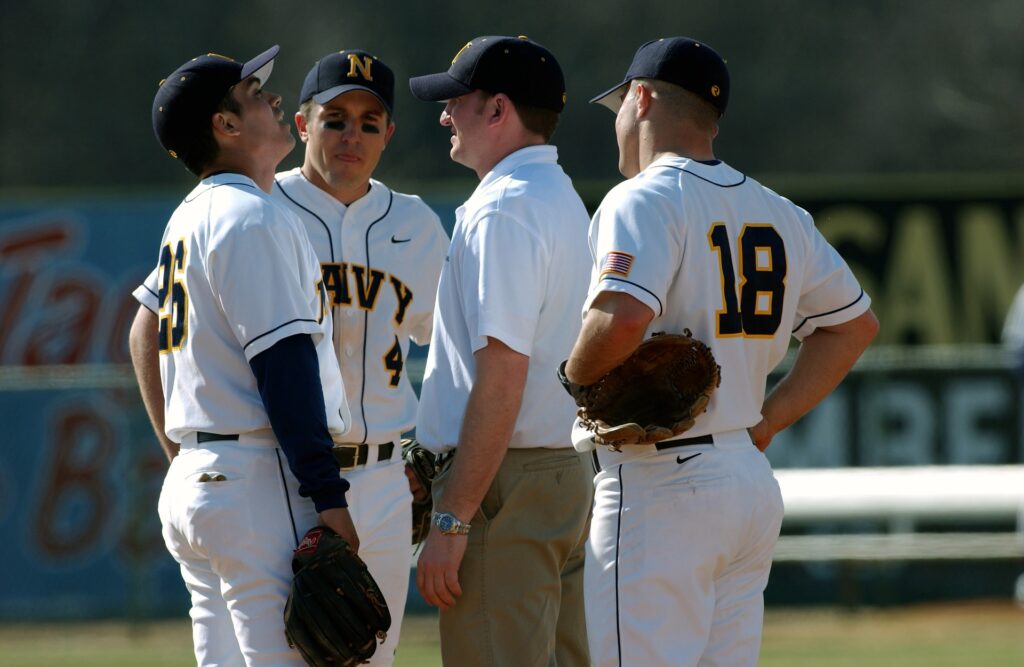How to Prevent Common Sports Injuries
The human body is an amazingly resilient biological machine, but it is not invulnerable. Whether you’re playing football, soccer, rugby or something in between, there is always the potential for injury. Of course, some injuries happen more frequently than others. What are the most common sports injuries, and how can you prevent them?

1. Shin Splints
Shin splints, or pain in the shins during exertion, are a common complaint among runners. They can happen to anyone, but are most prevalent in athletes who increase their speed or mileage too quickly, those who need new shoes or those that start exercising without properly stretching or warming up. Left untreated, these can develop into more severe injuries, up to and including stress fractures in the shin.
Stretching and switching to new shoes with arch support are the best ways to prevent shin splints. If they do occur, treat them with rest and ice.
2. Concussion
Concussions occur when you take a blow to the head hard enough to jostle your brain around inside your skull. They’re common in most contact sports, and require diagnosis and treatment from a trained professional. Anyone with a suspected concussion should stop playing immediately and seek the help of a medical professional.
Providing proper training and safety equipment can help prevent concussions in sports. Rules that disallow headshots and an athletic culture that endorses good sportsmanship can also prevent these common injuries.

3. ACL Injury
The anterior cruciate ligament, or ACL, is one of the major ligaments in your knee. Tears and other injuries to this ligament can sideline an athlete for a season or even destroy their entire career.
The easiest way to prevent ACL injuries is to warm up and stretch properly before any activity. Exercises, such as jumping and plyometrics, that strengthen the muscles and ligaments connected to the knee can also help prevent ACL tears.
4. Hamstring Injury
The hamstring is a muscle located on the back of your thigh. If it’s tight from injury or disuse, it can get strained or even tear. You can use many possible stretches to help loosen up your hamstring before activity. If you don’t take time to stretch, you risk injuries that could sideline you for weeks or more.
Stretching and warmups are the best way to prevent hamstring injuries. Treat tears and strains with rest and ice.

5. Tennis/Golf Elbow
Moving into the upper body, we encounter overuse injuries like tennis or golf elbow. You’ll often feel this pain in your elbow or wrist, sometimes as far up as into the shoulder, and it occurs because the tendons in your arm become inflamed after repetitive gripping activities such as holding a tennis racket.
As with most of these injuries, stretching is going to be one of your best weapons for preventing tennis or golf elbow. Taking time to strengthen your grip and your lower arm muscles can also help prevent these injuries.

Preparation Prevents Injury
Even if you’re a world-class athlete, jumping right into your workout is a recipe for disaster. There’s a common thread here when it comes to prevention — preparation. Take the time to warm up and stretch before you get active, whether you’re ready for the big game or it’s time for practice.

